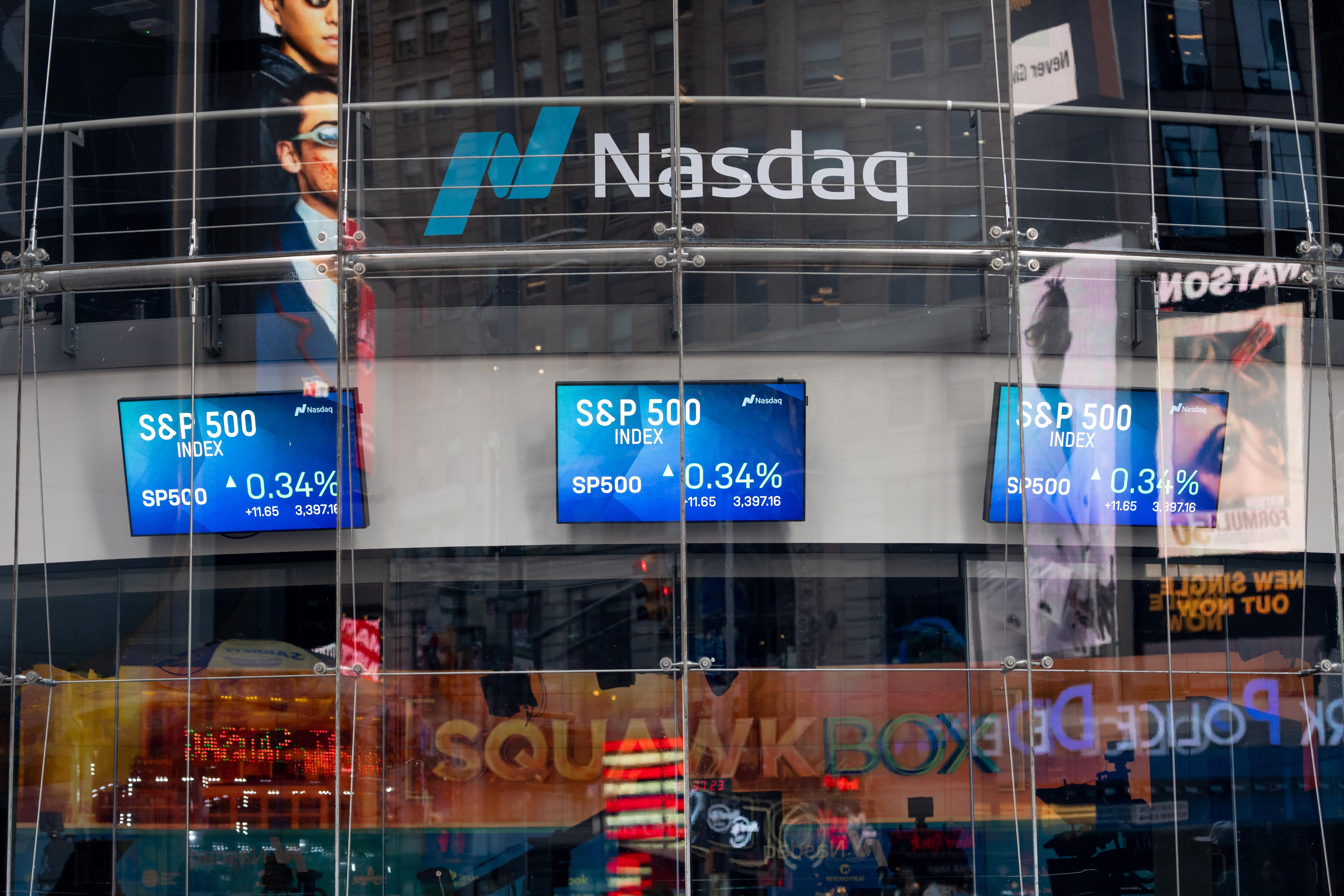What Happens When a Stock Joins the S&P 500?
The S&P 500 is the world's most popular stock index. How does the S&P 500 add new stocks, and what happens when a stock joins it?
Nov. 27 2020, Published 9:15 a.m. ET

The S&P 500 is the world's most popular stock index. Over $4.6 trillion worth of assets are indexed to the S&P 500, and another $6.6 trillion is benchmarked to it. The S&P 500 is a market capitalization-weighted index of the 500 largest U.S. companies. In comparison, the Dow Jones Industrial Average is a price-weighted index of 30 U.S. companies. How does the S&P 500 add new stocks, and what happens when a stock joins it?
In 2020, both the S&P 500 and Dow Jones added new components. In August 2020, the Dow Jones added Salesforce, Amgen, and Honeywell, and removed Raytheon, Pfizer, and ExxonMobil. In September, the S&P 500 also added three new stocks—Etsy, Teradyne, and Catalent. And in another reshuffle in November 2020, the S&P 500 announced the inclusion of Tesla.
How are stocks selected for the S&P 500?
The decision on adding new stocks to the S&P 500 index is taken by the Index Committee. The Committee meets every month and looks at possible inclusions to the index. It also looks at pending corporate actions like splits and spin-offs that can affect the index’s constitution. Incidentally, in August 2020 the Dow Jones had to reshuffle the constituents due to Apple’s split.
What are the requirements for getting added to the S&P 500?
The S&P 500 has spelled out several requirements for a stock to be added to the index:
- Since the S&P 500 is a barometer of the U.S. economy, the company should be American—foreign companies are not added.
- The company should have a market capitalization of over $8.2 billion
- The company should have good liquidity and at least 10 percent of its shares should be publicly traded.
The S&P 500 adds only profitable companies
The S&P 500 adds a company only if it has posted a net profit in its most recent quarter. Furthermore, the company's cumulative net income in the last four quarters should also be positive. The index looks at GAAP earnings, not adjusted numbers. It's worth noting that not every stock meets the above requirements—the final decision lies with the index committee.
Do stocks go up when they're added to the S&P 500?
A stock invariably rises when its inclusion into the index is announced. The reasoning is pretty simple: once a stock is added to the index, funds that track the index have to buy the stock according to its percentage in the index.
Buying activity by these index funds leads to higher liquidity, and stocks move higher when their inclusion in an index is announced. The most recent example is Tesla, which skyrocketed in November 2020 after its S&P 500 inclusion was announced. Yahoo stock also rallied in 1999 when its inclusion was announced.
How long do stocks stay in the S&P 500?
There's no limit to how long a stock can stay in the S&P 500. However, if a company fails to meet the requirements, the index committee will consider removing the stock. Also, mergers and acquisitions can trigger a stock's removal. For instance, in 2018, Time Warner was removed from the S&P 500 following its acquisition by AT&T, another S&P 500 company.

